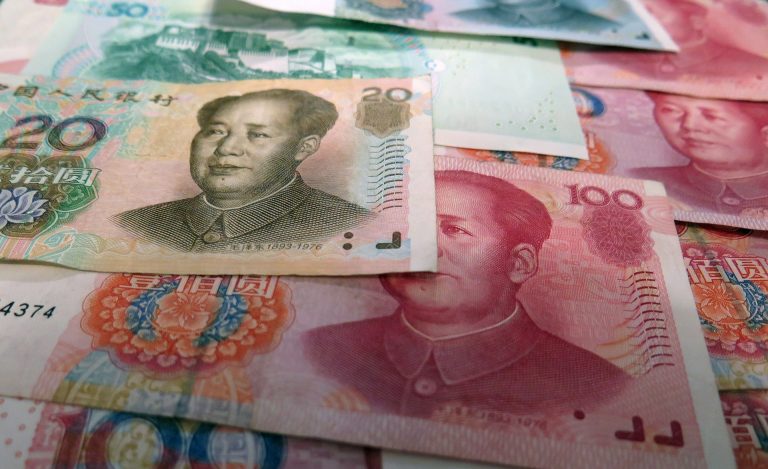The People’s Bank of China, the country’s central bank, has announced that it will reduce the reserve requirement ratio (RRR) for banks. The reserve requirement forces banks to maintain liquid money so as to ensure stability of the financial system. Such liquid money can include cash, bonds, stocks, etc.
Starting Dec. 15, the RRR will be slashed by 0.5 percentage points. This is expected to free up 1.2 trillion yuan (US$188 billion) in funds, which is roughly equivalent to an average month’s new yuan loan.
This is the second time that the central bank has cut down the RRR, with the previous reduction having come into effect in July. Banks operating in the country will only have to adhere to an RRR of 8.4 percent from Dec. 15 going forward.
“A part of the released funds will be used by financial institutions to return the maturing medium-term loan facility (MLF), and some will be used by financial institutions to supplement long-term funds to better meet the needs of market entities,” the bank said in a statement. The RRR cut is aimed at optimizing the capital structure of financial institutions and supporting the real economy better, it added.
The central bank expects the RRR reduction to enable financial institutions to boost the support given to small, medium, and micro enterprises. The rate reduction brings down the capital cost of these institutions by around 15 billion yuan (US$2.36 billion) annually.
Success
You are now signed up for our newsletter
Success
Check your email to complete sign up
According to ING bank, the liquidity injected as a result of the RRR cut will push up short-term and long-term rates. Banks will still have to decide whether they wish to turn this liquidity into loans. If they plan on following this trajectory, real estate developers with high levels of debt are to be avoided, the bank stated.
ING expects the RRR reduction to boost fixed asset investment in telecommunications, transportation, and infrastructure next year. The rate reduction is an indication that the government has moved away from aggressive policy actions seen during the second half of this year to focus more on stabilizing the economy next year, it stated.
“This RRR cut is not targeted at small and medium-sized enterprises so we expect that there will be more low-interest rate financing schemes for SMEs, which will be part of the fiscal stimulus. We are waiting for the draft of the economic work report to evaluate how much fiscal stimulus is likely. We expect two large items in the draft; one for SMEs, another for achieving the zero carbon emissions target,” the bank said.
According to Wen Bin, a senior economist at Minsheng Bank, the RRR cut will help alleviate the downward pressure on the economy as well as smooth the growth curve. The central bank’s decision comes as China is beginning to experience a slowdown in economic growth, largely due to the COVID-19 pandemic and an ongoing real estate crisis triggered by multiple developers finding it difficult to repay their debts.
Beijing has set a growth target of 6 percent for 2021. For next year, growth could be slower due to COVID-19 cases and higher commodity prices according to the Chinese Academy of Social Sciences (CASS). It predicts the Chinese economy to grow by 5.3 percent in 2022.
“A target of above 5% leaves a certain room of leeway, which is a relatively prudent call. It would also allow all parties to focus on promoting reforms and innovation and pushing for high-quality development,” Li Xuesong, a researcher at CASS, told reporters.














